It’s not often we see historical stories of women brought to life on the big screen, let alone with the authenticity, detail, and beauty of THE WARRIOR QUEEN OF JHANSI. It’s even less often that we see these stories about women from around the globe and different cultures spanning the centuries. Even rarer is to have a mother-daughter duo bringing history to life. But we get all that and more from Swati Bhise and Devika Bhise with THE WARRIOR QUEEN OF JHANSI.

Based on the true story of the 1857 war against the British East India Company, THE WARRIOR QUEEN OF JHANSI is as much a female-driven powerhouse behind the scenes as on-screen and in history. Led by Rani Lakshmibai, her courage and fight for the Indian province of Jhansi spawned a two year battle for independence. Similarly, Swati and Devika spent approximately two years on the film bringing it to production-ready. Co-writers and co-producers, Swati also makes her directorial debut (and does costume design) and directs daughter Devika who stars as Rani Lakshmibai. A true academic and champion of history of the Indian and British cultures, while there is some literary license, Swati’s attention to the historical and cultural accuracy of the film is unparalleled from script to casting to visuals.
What makes THE WARRIOR QUEEN particularly notable is that Rani Lakshmibai is such a key figure in India’s history, yet no one has made a film about her. Having died at age 29, the mark she left on the world and the people of India lives to this day with a legacy that finds strong brave young girls being compared to the Rani.
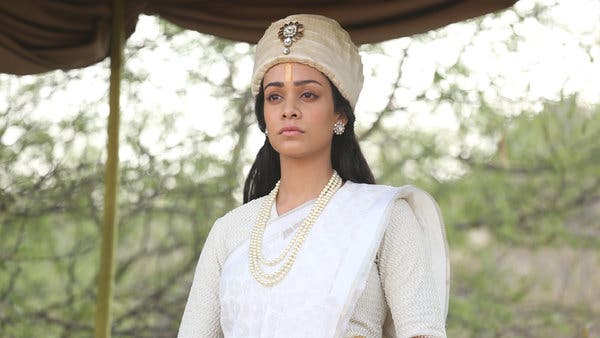
The film rises and falls on the performance of Devika Bhise as Rani Lakshmibai. A “wonder woman” doing all of her own stunts, including extensive riding and sword fighting in battle sequences along with “man on man” martial arts battles (she trained for almost two years in each discipline), it is the composure and focus that Devika brings to the role that captivates. Not only is it regal and commanding, but she never loses her femininity or her maternal touch. Rounding out her embodiment of the Rani, Devika also has scenes where she performs the Indian classical dance Bharatanatyam, for which she was trained from small on by her mother Swati, an artist in residence at Lincoln Center. (Swati also worked on the choreography of several cultural dances in the film.) This is a full-bodied performance both physically, emotionally, and in bringing the essence of a warrior queen to life. The emotional strength of the Rani rises to the forefront thanks to Devika’s performance. In addition, standout is that Devika is fluent in all three languages spoken in the film so there is no dubbing.
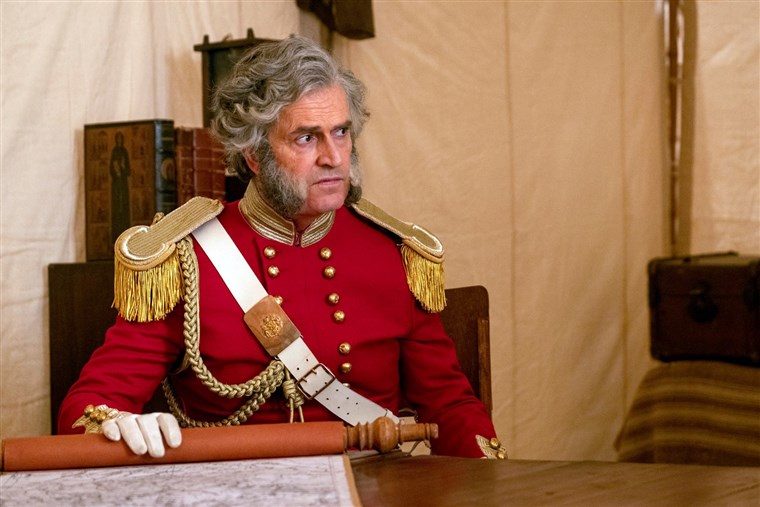
Casting on the whole is impressive, starting with Rupert Everett as Sir Hugh Rose. As Everett has matured, he has been tackling some wonderful historical roles, bringing great depth and gravitas to the performances. He does just that here as the military point Now that he’s matured he takes on some great historical roles and brings wonderful depth to them. He does that here as Rose, who led the British forces against the Rani in 1957-1958. Striking is the delicate balance that Everett brings to Rose tackling Rose’s own documented ambiguity on his perception of the Rani, on the one hand admiring and respecting her intelligence and bravery as a leader, in fact describing her as “a man among mutineers”, and one the other knowing his duties as an officer and military leader for the Crown. Everett is fascinating to watch.
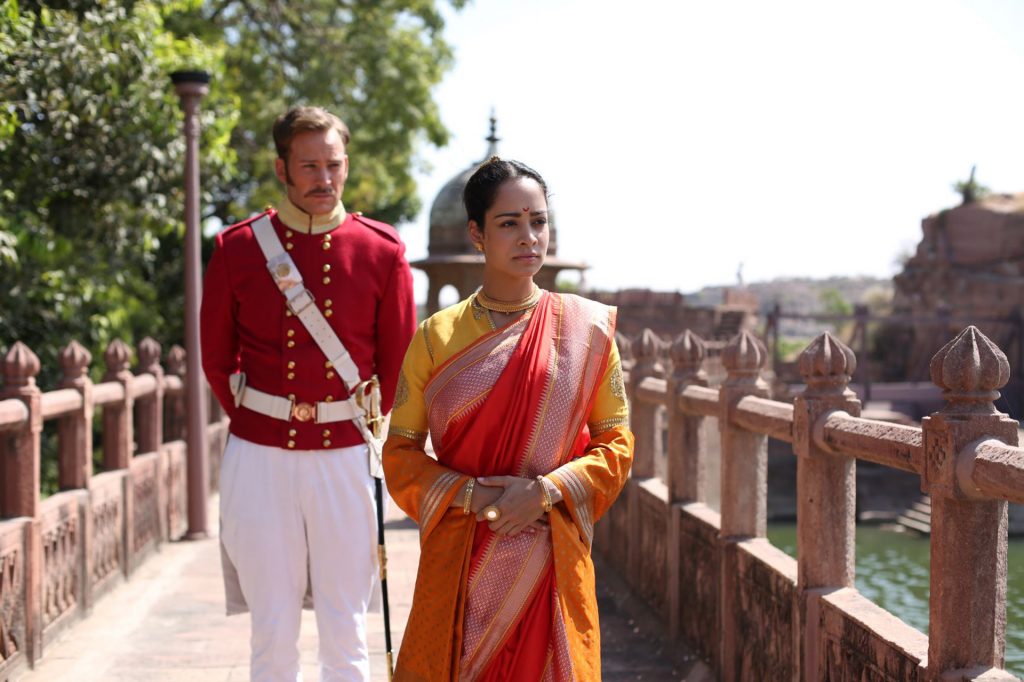
As Rose’s “right hand” consult on behalf of the East India Company is Sir Robert Hamilton. Where Everett brings calm and thoughtfulness to Rose, Nathaniel Parker oozes evil and hatred as Hamilton. This is exhibited most clearly when pitting Parker’s Hamilton against Ben Lamb’s Major Robert Ellis who tries his utmost to maintain and broker a lasting peace between the Rani and East India Company. Lamb’s Ellis is not only handsome, which serves the film when Lamb and Devika Bhise are on screen with hints of a potential romance, but brings a quietness and calm that fits nicely into the Rani’s world while falling somewhere in-between the personalities of Rose and Hamilton. We also see ambiguity take shape within Ellis thanks to his sympathies to the Indians and the Rani and duty to East India Company and the Crown. Lamb walks a believable emotional tightrope.
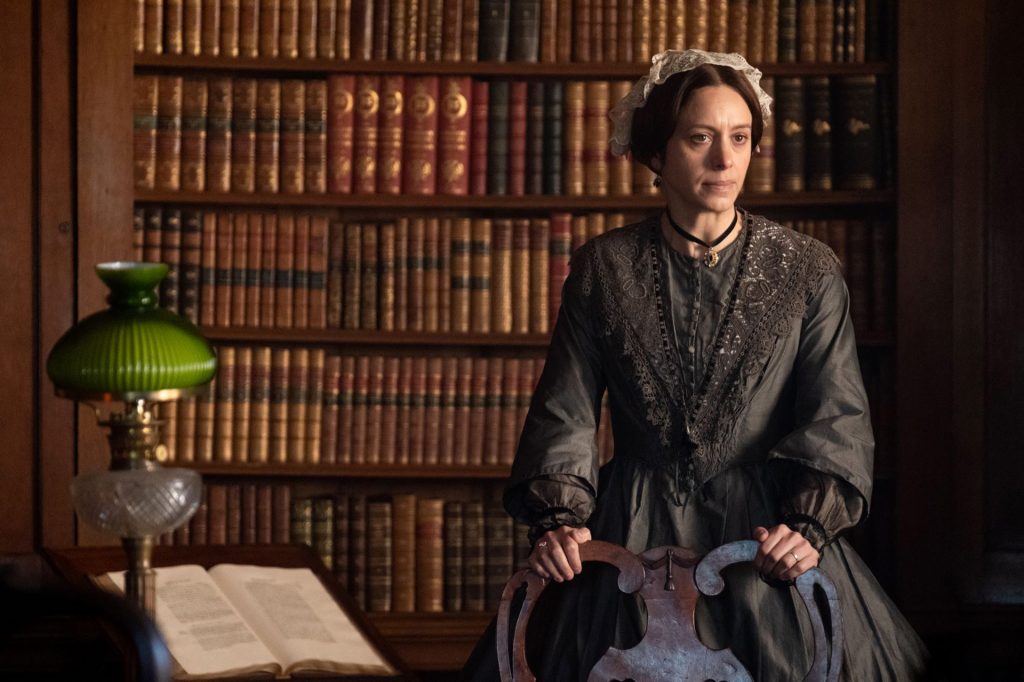
Not to short shrift the Crown, there are numerous scenes in England as Queen Victoria is given updates on a potential “little” rebellion that may be happening in Jhansi. With so many indelible interpretations of the Queen already on screen, it falls to Jodhi May to bring her to life here. May does so more than adequately. Hand in hand with May is Derek Jacobi as the Queen’s prime minister Lord Palmerson. Jacobi gives Palmerson a somewhat over-zealous edge pushing for war and bloodshed against the people of Jhansi. It’s a perfect complement to Nathaniel Parker’s role as Hamilton in Jhansi. The other notable player is Victoria’s confidant, Saleem Khan, whose family resides in Jhansi. As Saleem, Omar Malik is striking and adds a humanizing edge to the Crown in general. Interesting is that the character of Saleem Khan appears to be based on Mohammed Abdul Karim who did serve Queen Victoria several decades later.
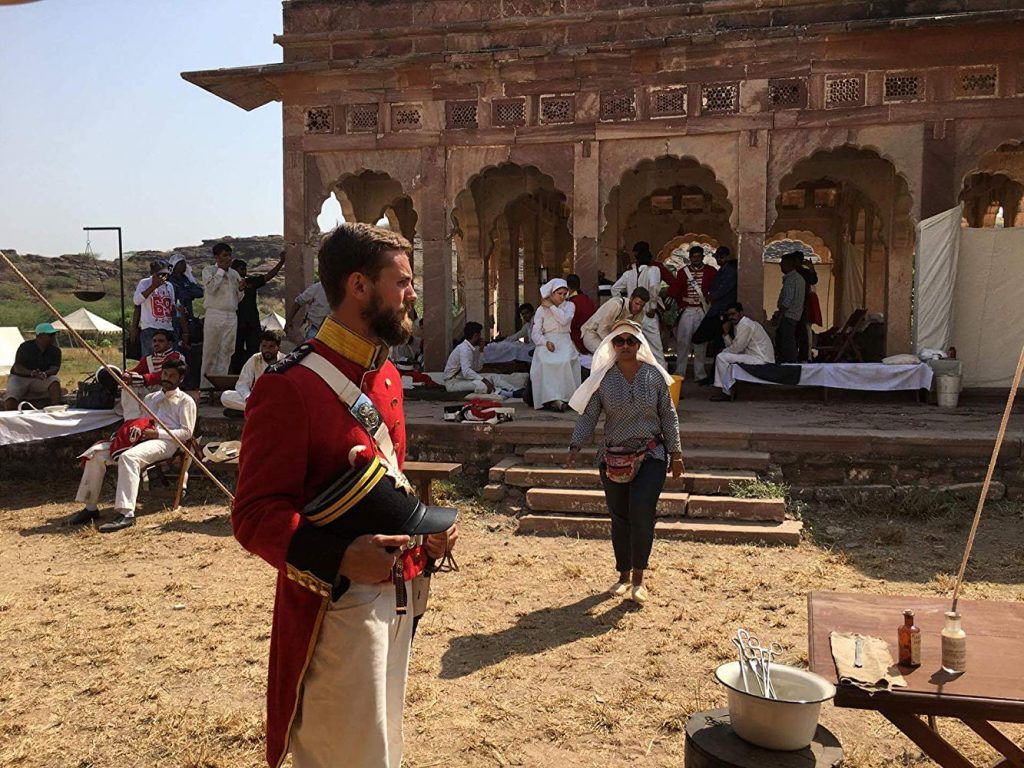
Much credit is given to Swati Bhise and her co-writers Olivia Emden and Devika Bhise for the attention to historical detail not only with the characters but in constructing emotional balance and point-counterpoint between those in Jhansi and those in England. A dialogue-heavy film, notable is that both in dialogue and in performance, the film is true to that 1850’s period of speaking and acting. While Swati did most of the historical research and turned that into a screenplay along wit Olivia Emden, Devika was then brought in to tweak the dialogue so that a Western audience could understand the story. In so doing, she took historical facts that were there and then extrapolated or “added on” something interesting that “could have” happened at that time. Swati wrote the British and Indian roles in the tone of the day. All come together in a wonderful spoken flow.

Directed by Swati Bhise, THE WARRIOR QUEEN OF JHANSI is epic. As if a personal story of Rani Lakshmibai celebrating her complexities as wife, widow, mother, warrior, peacemaker, and leader isn’t enough, Swati takes us into the desert, into the kingdom, with impressive battle sequences with hundreds of extras, horses, exacting fight choreography with talwar swords – all of which is done practically in-camera. This is not a case of have 10 horses and riders and use CGI to replicate that into hundreds. Everything is shot in-camera, something which can only be credited to extensive and exacting preparation by Swati and her cinematographer Seamus Deasy.

Lighting and lensing is dynamic and telling with Deasy capturing the beauty of a setting sun over the desert or even more spectacular, nighttime under a brilliant moon, or morning just before sunrise when dew and heat hang in the air. Equally rich are intimate family and private moments within the Rani’s palace. Deasy allows the frame to breathe so we may take in all the detail of each room, each setting, that defines the Rani and her people. Quiet garden scenes between the Rani and Major Ellis have a lightness and delicacy that radiates with care and softness. Color is eye-popping under the Indian sun and metaphorically speaks to the joy of the people and their religious beliefs and culture versus the impending battle for freedom.
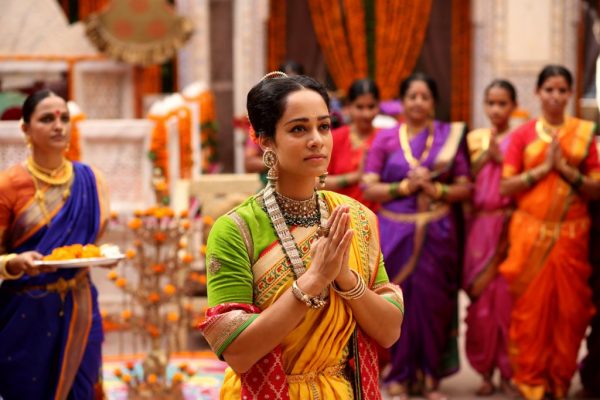
Outstanding is not only the film’s period costumes by Riyaz Ali Merchant, but Swati Bhise then designed the classical dance costumes as well as the costumes for the Rani and General Tantia Tope. Each dance costume is more beautiful than the next thanks to hand-done beading, chiffons and brocade fabrications. Hand in hand with the costuming is the award-worthy production design from Angelica Monica Bhowmick. The attention to detail is staggering, from the gilt trim on palace walls to sparkling tiled mosaic valances on interior ceilings to ornate furnishings to dark wooded libraries.

Tuomas Kantelinen’s score is filled with emotion and history, transporting us to time and place. Instrumentation and orchestration is equally important, capturing both the Indian and English cultures, most notably in passages with classical dance. Indian melodies incorporated within the musical composition were hand-picked by Swati and Devika and, in fact, the musicians who have been part of Swati’s performance team for decades performed the classical dance numbers along with the orchestra.
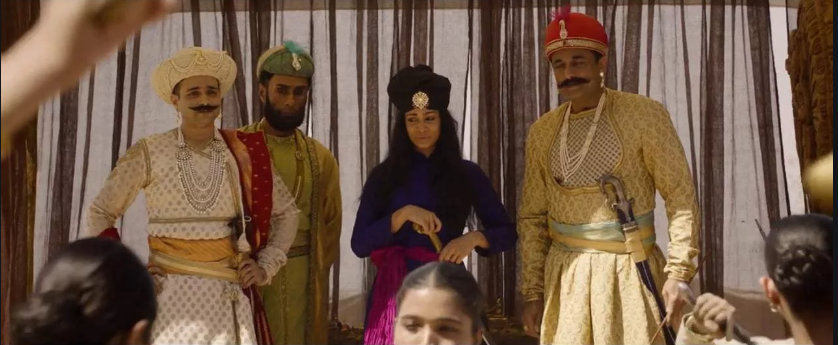
Rarely, if ever, addressed is the art of the subtitle but it’s an important part of this film. Because of three languages spoken in THE WARRIOR QUEEN OF JHANSI, although the majority of the film is in English, subtitles are essential. Translating the dialogue for subtitles boils down to “meaning versus verbatim”. Additionally, the main issue is that with the Indian dialects used in the film, the language has many more words per second than in English which, if translated verbatim, would outrun the visuals. The bulk of the translation was done by Devika Bhise as not only did Devika and Swati want to retain the vernacular of the dialogue for historical authenticity, but it needed a modern flow with the subtitles. The result is wonderfully rendered with subtitles that make sense to the audience (and that are spelled correctly).
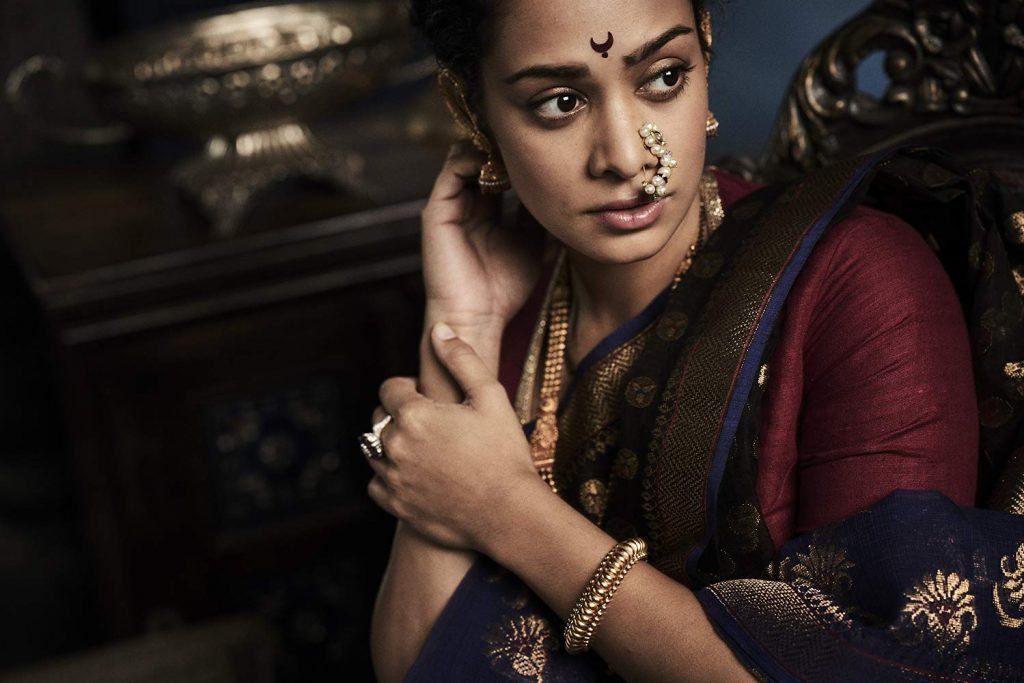
Staying true to history while bringing a powerful story to the Western world, Swati and Devika Bhise are truly a collaborative pairing with which to be reckoned. A historical drama action piece led by a woman is unheard of. Making something on such an epic scale and as beautiful this is like finding a sparkling diamond glistening in the desert. Making the film for a global audience, THE WARRIOR QUEEN OF JHANSI is not just about a warrior queen. It is about every woman. Bringing emotion, drama, and truth to the forefront, this is a film for every mother, daughter, grandmother, sister, and friend – each a warrior every day of their lives.
Directed by Swati Bhise
Written by Swati Bhise, Olivia Emden, Devika Bhise
Cast: Devika Bhise, Rupert Everett, Ben Lamb, Nathaniel Parker, Derek Jacobi, Jodhi May
by debbie elias, 11/11/2019












